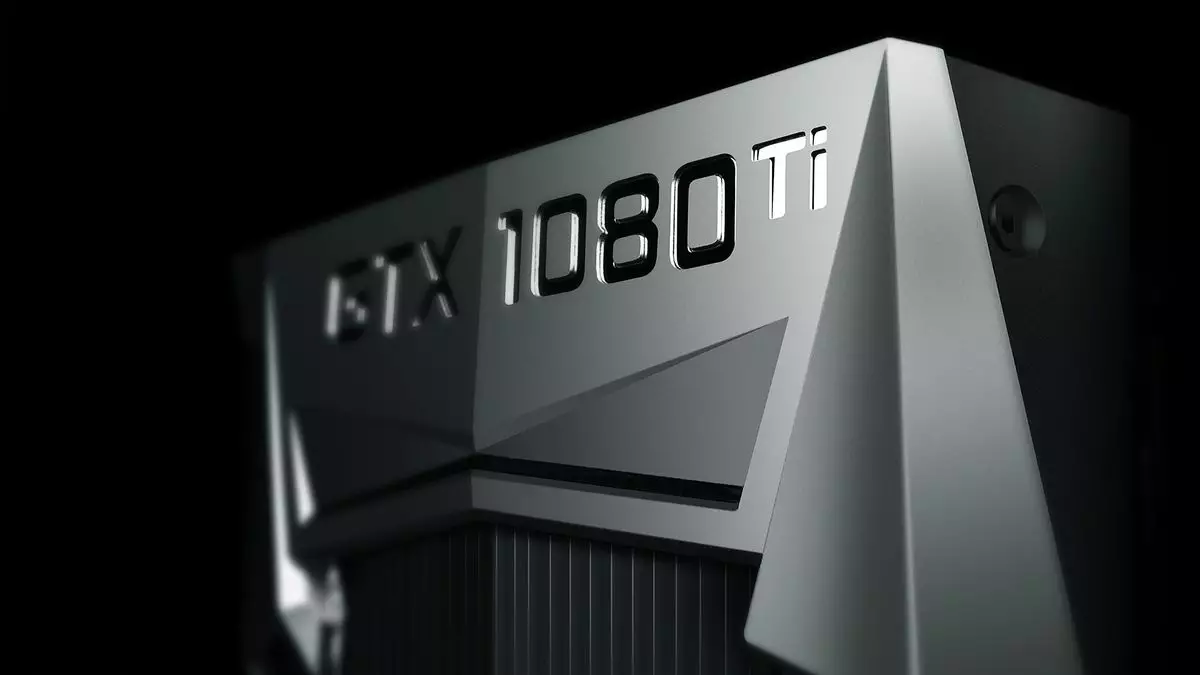The tech community was recently abuzz with the announcement made by Nvidia regarding the future of its CUDA Toolkit. As disclosed in the latest patch notes, support for the Maxwell and Pascal architectures—specifically the GTX 9 and 10-series graphics cards—will soon be deprecated. This decision has raised eyebrows, particularly among gamers and developers who have depended on these GPUs for their performance and reliability. The CUDA Toolkit is a vital set of tools that facilitates programming for GPU-supported applications, which makes the implications of such a move significant. As users navigate through this transition, it is essential to dissect what this means for the lifespan and utility of these older graphics cards moving forward.
The GTX 9 and 10-series cards, particularly models like the GTX 970, 980 Ti, 1060, and 1080 Ti, have been instrumental in defining an era of affordable and effective gaming. They struck an almost legendary balance between performance and price, enabling countless PC gamers to enjoy AAA titles without breaking the bank. The GTX 1060, for instance, had maintained its position as the most popular GPU on Steam even years after its release, indicating a strong and lasting impact on the community. Furthermore, the GTX 970 has continued to hold relevance as the minimum specification for newer titles, demonstrating the remarkable endurance of these older technologies.
However, with the announcement of CUDA support ceasing for these architectures, users may begin to ponder how to keep their systems relevant in an ever-evolving gaming environment. While it is noted that Nvidia will still provide GeForce driver updates for these cards, the timeline for these updates remains shrouded in uncertainty. Users could look back at the timeline observed with the Kepler architecture, which provides a precedent that may shed light on the future of the Maxwell and Pascal cards.
Comparing Past and Present: The Kepler Precedent
To understand potential outcomes for Maxwell and Pascal users, it is worthwhile to consider Nvidia’s past practices. The Kepler architecture, which featured the GTX 7-series GPUs, faced the beginning of its deprecation phase around November 2019 with CUDA v10.2. The subsequent withdrawal of driver support didn’t occur until August 2021—two years later. This historical insight suggests that users of Maxwell and Pascal cards could potentially enjoy continued support for another similar duration, possibly lasting into 2026.
Yet, Nvidia’s strategy could also vary due to the significant user base for Maxwell and Pascal architectures. The overwhelming adoption of these GPUs was, in part, due to their affordability and solid performance, appealing to gamers and creators alike. This widespread usage may motivate Nvidia to extend support even further, ensuring that their customers are not left in a lurch as new architectures come to dominate the market.
Even as the market leans toward more advanced GPU technology—such as the anticipated RTX 5090—the existing Maxwell and Pascal architectures still demonstrate formidable endurance. Discussion surrounding their relevance cannot overlook the continued ability of older graphics cards to run many modern gaming titles, depending on graphical settings and resolutions. The GTX 980 Ti, for example, is not merely an antiquated relic; it offers features that are still sought after by certain niche users, like those utilizing older CRT monitors that are compatible with DVI ports.
Moreover, even die-hard fans of older hardware find that effective solutions, such as adapters for modern outputs, make these cards viable options for retro gaming experiences. Therefore, while transitions and adaptations are inevitable, the heart of gaming is as much about experience as it is about hardware specifications.
For gamers and developers who have long relied on Maxwell and Pascal architectures, Nvidia’s announcement signifies a change that invites both reflection and planning. As support for these valued architectures wanes, it also offers an opportunity to consider the future of gaming hardware. The balance between embracing new technologies while also cherishing the history and legacy of previous innovations is a challenge for many in the tech community. As we encounter this pivotal moment in GPU evolution, a respectful kinship with older hardware coupled with an openness to new possibilities may pave the way forward for enthusiasts and casual users alike.

